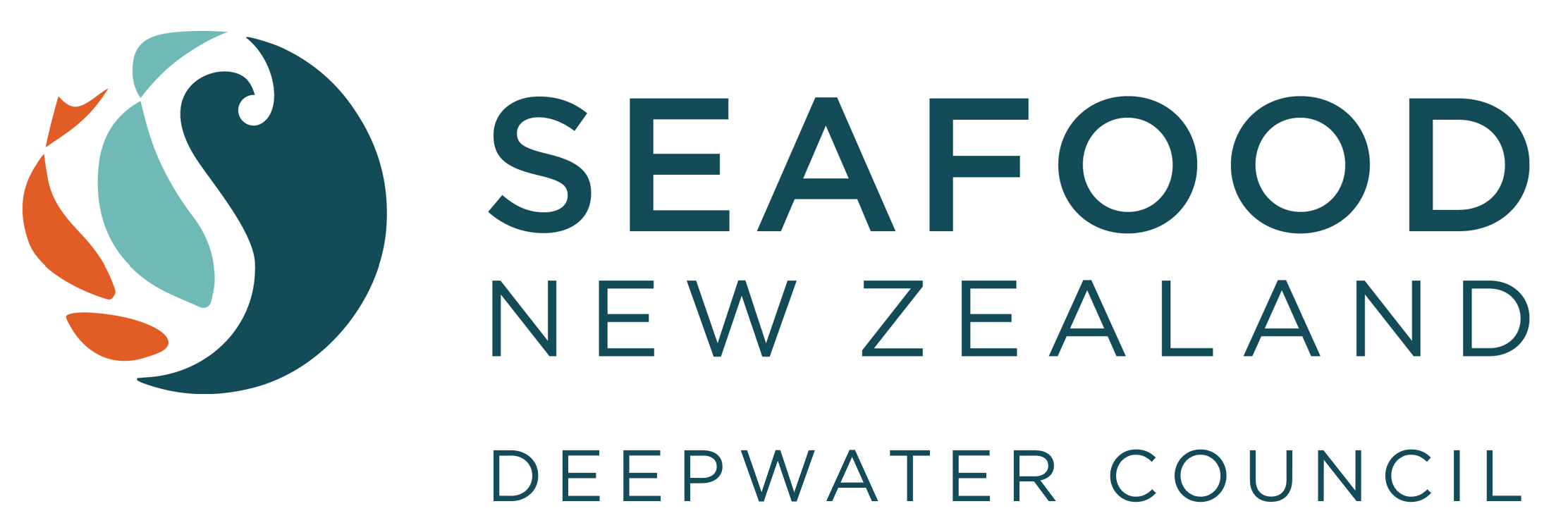Hoki and genomics technology

4 November 2021
Scientists at Plant & Food Research have assembled the first genomic resources for hoki.
This work was contracted by owners of hoki quota, who wish to ensure the sustainable management of our hoki fisheries continues to be supported by the best available scientific information. Hoki form our largest commercial fishery, annually contributing over $230 million to the economy and was the first New Zealand species to obtain Marine Stewardship Council certification.
Ensuring the security of seafood in our future diets requires utilising the best scientific tools and knowledge available. While the use of genomics technologies has advanced rapidly in many fields, the routine uptake of these tools to inform management in fisheries and aquaculture has been relatively slow.
The new genome assembly results will provide a valuable resource to manage hoki stocks in future, enabling essential insights into the stock structure in this large and valuable renewable resource. Data on fish stock structure are traditionally difficult to capture, particularly for species like hoki that are widely dispersed throughout New Zealand waters. Being able to identify separate fish stocks and to monitor their population diversity using genomics insights is critical for managing sustainable fisheries.
This research will be published in early 2022
